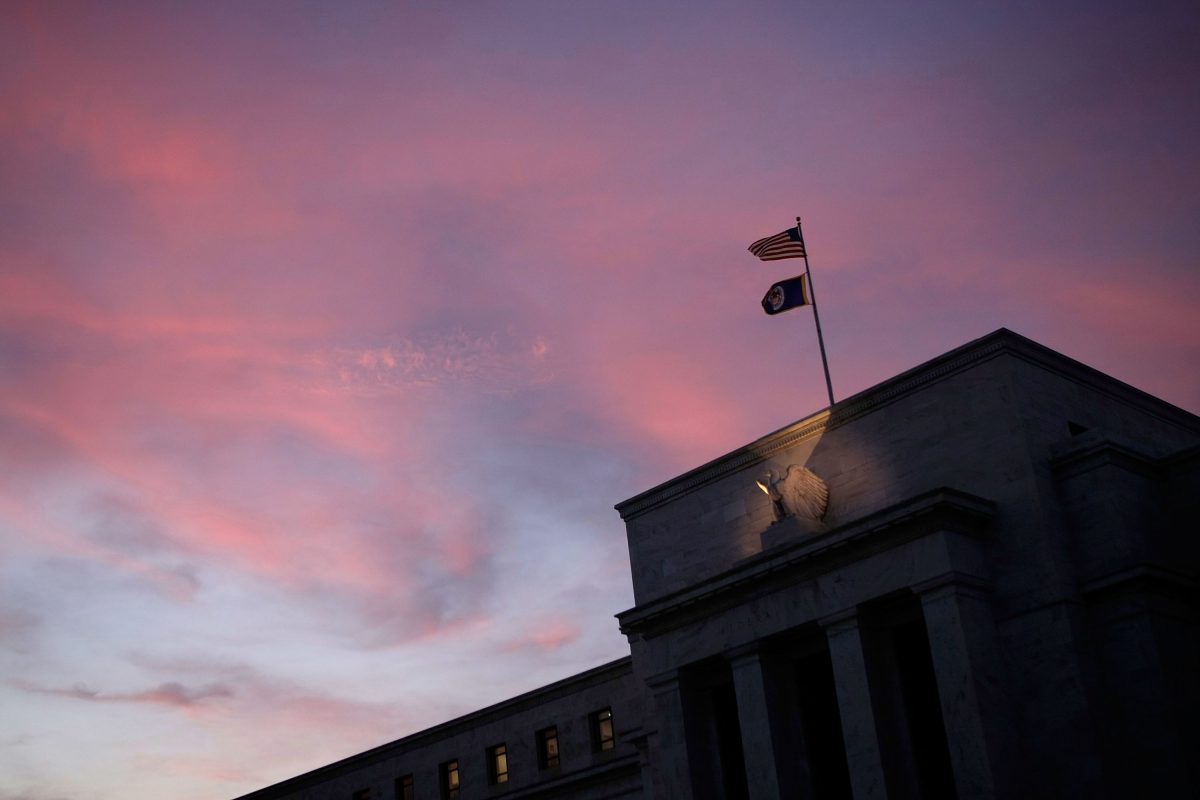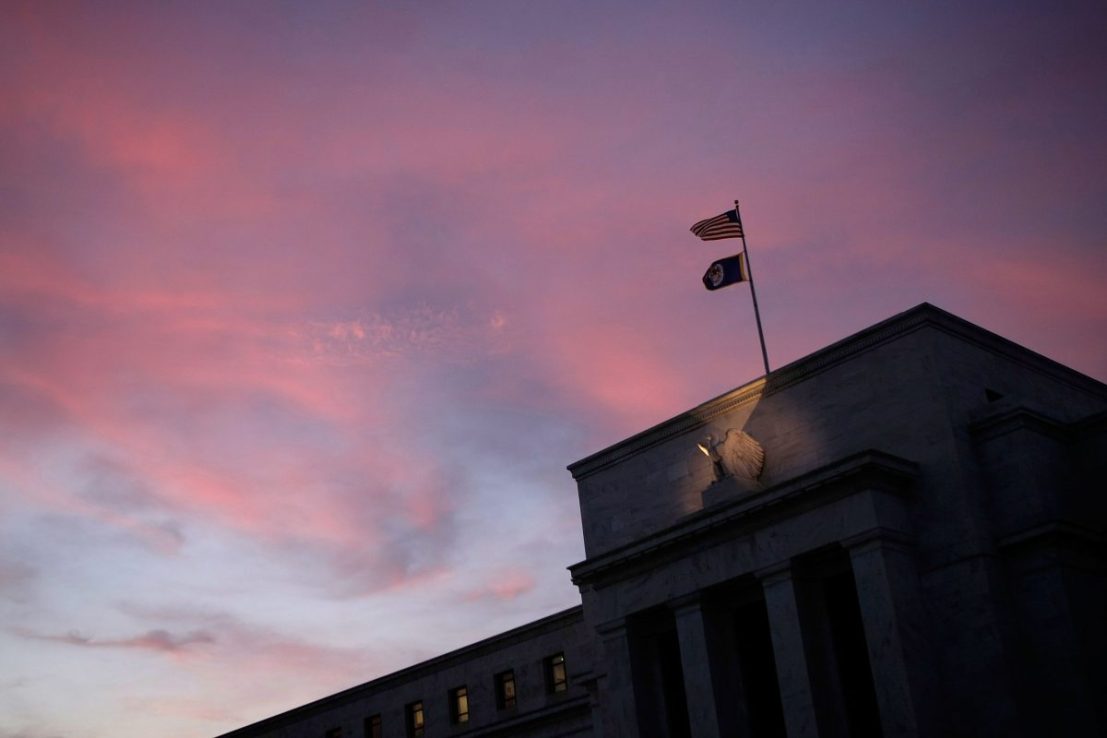US reports worst jobs growth since December 2020
The US has reported its worst jobs growth since December 2020, as only 12,000 new jobs were added to the economy during September. This was significantly below the 113,000 forecast by analysts, leaving economists describing the numbers as “weak”. However, unemployment held steady at 4.1 per cent, while average hourly earnings rose 0.4 per cent [...]


The US has reported its worst jobs growth since December 2020, as only 12,000 new jobs were added to the economy during September.
This was significantly below the 113,000 forecast by analysts, leaving economists describing the numbers as “weak”.
However, unemployment held steady at 4.1 per cent, while average hourly earnings rose 0.4 per cent month-on-month.
The employment figures were affected by the two hurricanes Helene and Milton, as well as strikes at Boeing.
“Despite this, downward revisions of 112,000 to the August and September jobs numbers show a labour market that is perhaps not as strong as first thought,” said Isaac Stell, investment analyst at Wealth Club.
Following the release of the numbers, markets fully solidified their expectations that the Fed would cut interest rates at its meeting next week, with the chances of a cut increasing from 94 per cent to 99.8 per cent.
Chances of a second cut at the Fed’s December meeting also jumped, going from 75 per cent to more than 80 per cent, according to data from CME Group.
“With the unemployment rate remaining stable at 4.1 per cent and recent claims data proving pretty resilient, it will be extremely difficult for central bank to justify anything larger than a 25-basis point cut next week,” noted Isabel Albarran, investment officer at Close Brothers Asset Management.
“In addition, the [Bureau of Labor Statistics] has noted that the collection rate was “well below average” and there was significant variation in economists’ forecasts, given the high uncertainty around the print.”



